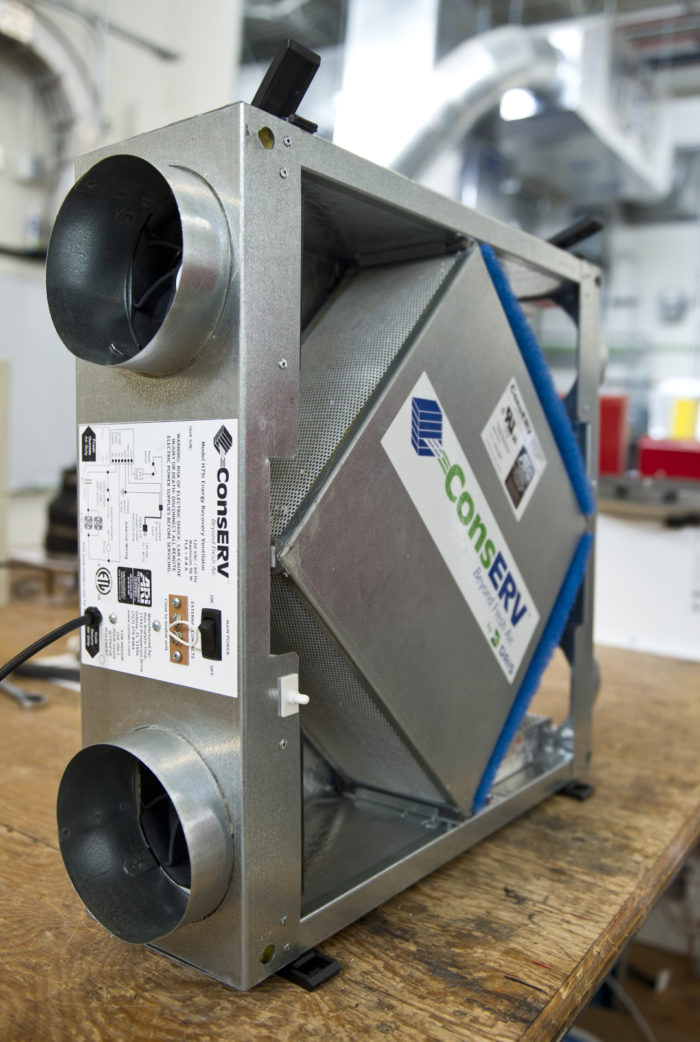The Most Common Questions Homeowners Ask About HRV
Wiki Article
Checking out the Benefits of Heat Recovery Ventilation for Energy Effectiveness in Homes
Heat Recovery Ventilation (HRV) systems provide homeowners a sensible method to improving energy performance. By redeeming heat from outgoing air, these systems can considerably reduce heating & cooling costs. Furthermore, they supply a steady supply of fresh air, enhancing interior air high quality and comfort levels. As house owners take into consideration lasting options, recognizing the nuances of HRV systems becomes progressively vital. What aspects should one evaluate prior to making such a financial investment?Recognizing Heat Recovery Ventilation Systems

Just How HRV Enhances Indoor Air High Quality

Power Financial Savings: The Economic Benefits of HRV
Taking full advantage of energy performance, heat recovery ventilation (HRV) systems provide significant financial advantages for house owners. By recuperating and reusing heat from exhaust air, HRVs markedly reduce cooling and heating costs. This technology can lead to energy cost savings of as much as 30%, depending upon environment and usage patterns. Homeowners commonly discover reduced energy expenses quickly after installation, making HRVs an economically smart financial investment in time. In addition, many areas give rewards or rebates for energy-efficient upgrades, better boosting the monetary charm. As power prices continue to increase, the cost-effectiveness of HRVs becomes significantly clear. On the whole, the unification of HRV systems not just advertises power efficiency yet additionally adds to long-term economic cost savings for households.The Environmental Effect of Heat Recovery Ventilation
A significant ecological benefit of heat recovery ventilation (HRV) systems depends on their capability to minimize overall power usage. By reclaiming heat from exhaust air and transferring it to inbound fresh air, HRV systems HRV Heat Recovery Ventilation lessen the requirement for energy-intensive home heating and cooling down techniques. This decrease in power need adds to reduce greenhouse gas emissions, as much less nonrenewable fuel source is called for to maintain comfy interior temperatures. In addition, HRV systems boost interior air quality by efficiently exchanging stale air with fresh outdoor air, decreasing reliance on mechanical air conditioning systems that can hurt the atmosphere. Generally, the execution of HRV systems sustains lasting living methods and aligns with global initiatives to combat environment modification by advertising energy efficiency in property settings.
Selecting the Right HRV System for Your Home
Just how can property owners ensure they select the right heat recovery ventilation (HRV) system for their needs? Initially, they must examine their home's dimension and design, as these aspects influence air flow needs. Next off, reviewing the system's efficiency rankings is crucial, as greater scores suggest far better performance and power cost savings. Homeowners ought to also think about installment and upkeep prices, comparing different brands and designs for worth. Additionally, it is necessary to evaluate noise degrees, as some systems operate even more quietly than others. Consulting with a/c professionals can offer tailored referrals based upon details home problems. Ultimately, taking a look at customer evaluations and service warranties can help in making an informed choice, making sure that the picked HRV system successfully boosts interior air top quality and energy effectiveness.Often Asked Inquiries

Just how Frequently Should I Tidy or Preserve My HRV System?
The regularity of cleansing or maintaining a warmth recuperation ventilation (HRV) system typically depends on use and environmental variables. Typically, it is advisable to carry out maintenance every 6 months to assure peak efficiency and air quality.
Can HRV Solutions Assist Lower Moisture Degrees Indoors?
HRV systems can effectively lower interior moisture degrees by exchanging stagnant, damp air with fresh, drier air from outdoors. HRV Heat Recovery Ventilation. This process assists keep a balanced interior environment, boosting convenience and stopping moisture-related problems
What Is the Life-span of a Typical HRV System?
The life expectancy of a common heat recovery ventilation (HRV) system differs, typically lasting between 10 to 15 years. Normal maintenance can expand its performance and functional life, making sure peak performance throughout its usage period.Are There Any Kind Of Sound Interest In HRV Solutions?
Sound worry about HRV systems can occur, particularly from fan operation. However, several modern units are developed to minimize audio levels, ensuring they run silently while keeping performance, which attends to possible disturbances in living environments.Can I Mount an HRV System Myself, or Do I Required a Specialist?
The private contemplated whether to set up the heat recovery ventilation (HRV) system directly or hire a professional. Typically, while DIY installation is possible, experience guarantees appropriate capability and compliance with local building regulations, improving system effectiveness.Report this wiki page